The year 1929 saw the introduction of the Phantom II. There were a host of improvements over the Phantom I, the most important of which concerned the chassis layout. The separate gearbox torque-tube drive and cantilever rear springing gave way to the PII's integral engine-gearbox unit, Hotchkiss drive, hypoid-bevel rear axle and semi-elliptic rear springs. The chassis was constructed with channel steel side-members and tubular cross-members. Fit and finish were, as to be expected, to the highest standards. Engine dimensions remained the same as the Phantom I at 4¼ by 5½ inches and displacing 7.6 litres. The overhead valve arrangement was retained, but a new cylinder head was designed with intake and exhaust manifolds on opposite sides yielding greater performance. Dual ignition was continued as well, with battery ignition on one side of the engine and magneto on the other, each with its own set of plugs. The Phantom II was built only at Derby, and continued into 1935. However, a quantity of PII chassis made up with lefthand steering and some other features meant for the American market in the AJS and AMS series were exported to the USA in 1931-1933. These are the only Phantom II cars with lefthand drive. Most, but not all of the lefthand drive cars were equipped with Brewster & Co. coachwork after arrival in the USA. In 1931, to meet the need for a speedier vehicle, the Company produced a sort of specially-tuned car, the 'Continental' model of the Phantom II. The first of these, chassis 26EX, was built at Derby on the twelve-foot wheelbase. All passengers were brought within the wheelbase dimensions in construction of coachwork on these chassis; special springs were used, and the spare wheel or wheels were often mounted at the rear rather than in the front fender wells. These cars achieved an actual timed speed of 90mph with full equipment and relatively heavy enclosed coachwork, all beyond 2½ tons in weight. This was outstanding performance for a big car of that day. Originally bodied as a Pullman Landaulet by Barker, the current owner decided that, in 1970, a new body would be more suitable to his requirements. Out of the first 611 Phantom II chassis produced, just 21 were short chassis models, and 199GN is one of that select group. These cars were highly sought after by coachbuilders for their elegant and rakish lines, and it was the work of the great French coachbuilders, Carosserie Kellner which provided the inspiration for the design of the current body. The frame is of traditional pattern, crafted, in the mid-1990's, from solid ash, built up on a conventional oak base. This framework has been skinned with two layers of two millimetre birch plywood strips with each layer running at right angles to the other, a technique used for many years in the boatbuilding and aircraft industries This has resulted in an incredibly strong and light body which has been covered in green fabric you see today. The coachwork itself takes the form of an open two-seater with a capacious dickey seat to the rear and has been executed with great attention to detail in mind. The hood stows unobtrusively between the seats and is simple to erect. As the coachwork is very light, this reflects well within the driving experience. The steering is reported to be fingertip light and very precise due to the recent fitment of new kingpins. A Laycock overdrive unit has also been fitted which drops, as you would expect, the revolutions down in top gear making for relaxed highway cruising. The radiator is of nickel silver in construction and has recently been re-cored. Whilst it was in the workshops, the cylinder head was also de-carbonised and skimmed. All other plating including lights, windscreen and fittings are finished in bright nickel. Lucas P100 'Bullseye' headlamps are fitted and operated by a Barker dipping mechanism. Adjustment of a readily accessible cam behind the lights provides for either straight dip or lateral dip to the left or rig
The year 1929 saw the introduction of the Phantom II. There were a host of improvements over the Phantom I, the most important of which concerned the chassis layout. The separate gearbox torque-tube drive and cantilever rear springing gave way to the PII's integral engine-gearbox unit, Hotchkiss drive, hypoid-bevel rear axle and semi-elliptic rear springs. The chassis was constructed with channel steel side-members and tubular cross-members. Fit and finish were, as to be expected, to the highest standards. Engine dimensions remained the same as the Phantom I at 4¼ by 5½ inches and displacing 7.6 litres. The overhead valve arrangement was retained, but a new cylinder head was designed with intake and exhaust manifolds on opposite sides yielding greater performance. Dual ignition was continued as well, with battery ignition on one side of the engine and magneto on the other, each with its own set of plugs. The Phantom II was built only at Derby, and continued into 1935. However, a quantity of PII chassis made up with lefthand steering and some other features meant for the American market in the AJS and AMS series were exported to the USA in 1931-1933. These are the only Phantom II cars with lefthand drive. Most, but not all of the lefthand drive cars were equipped with Brewster & Co. coachwork after arrival in the USA. In 1931, to meet the need for a speedier vehicle, the Company produced a sort of specially-tuned car, the 'Continental' model of the Phantom II. The first of these, chassis 26EX, was built at Derby on the twelve-foot wheelbase. All passengers were brought within the wheelbase dimensions in construction of coachwork on these chassis; special springs were used, and the spare wheel or wheels were often mounted at the rear rather than in the front fender wells. These cars achieved an actual timed speed of 90mph with full equipment and relatively heavy enclosed coachwork, all beyond 2½ tons in weight. This was outstanding performance for a big car of that day. Originally bodied as a Pullman Landaulet by Barker, the current owner decided that, in 1970, a new body would be more suitable to his requirements. Out of the first 611 Phantom II chassis produced, just 21 were short chassis models, and 199GN is one of that select group. These cars were highly sought after by coachbuilders for their elegant and rakish lines, and it was the work of the great French coachbuilders, Carosserie Kellner which provided the inspiration for the design of the current body. The frame is of traditional pattern, crafted, in the mid-1990's, from solid ash, built up on a conventional oak base. This framework has been skinned with two layers of two millimetre birch plywood strips with each layer running at right angles to the other, a technique used for many years in the boatbuilding and aircraft industries This has resulted in an incredibly strong and light body which has been covered in green fabric you see today. The coachwork itself takes the form of an open two-seater with a capacious dickey seat to the rear and has been executed with great attention to detail in mind. The hood stows unobtrusively between the seats and is simple to erect. As the coachwork is very light, this reflects well within the driving experience. The steering is reported to be fingertip light and very precise due to the recent fitment of new kingpins. A Laycock overdrive unit has also been fitted which drops, as you would expect, the revolutions down in top gear making for relaxed highway cruising. The radiator is of nickel silver in construction and has recently been re-cored. Whilst it was in the workshops, the cylinder head was also de-carbonised and skimmed. All other plating including lights, windscreen and fittings are finished in bright nickel. Lucas P100 'Bullseye' headlamps are fitted and operated by a Barker dipping mechanism. Adjustment of a readily accessible cam behind the lights provides for either straight dip or lateral dip to the left or rig




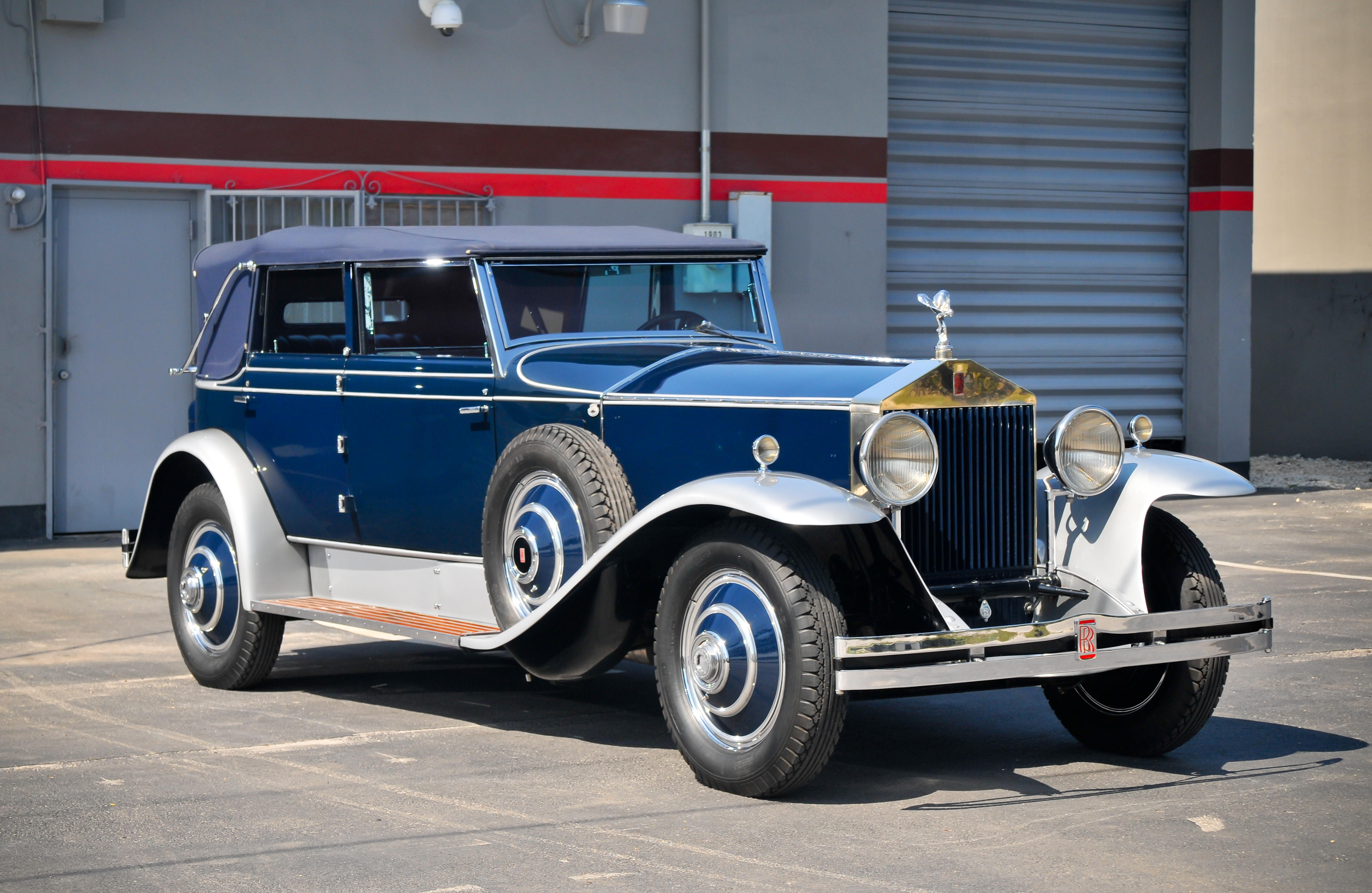
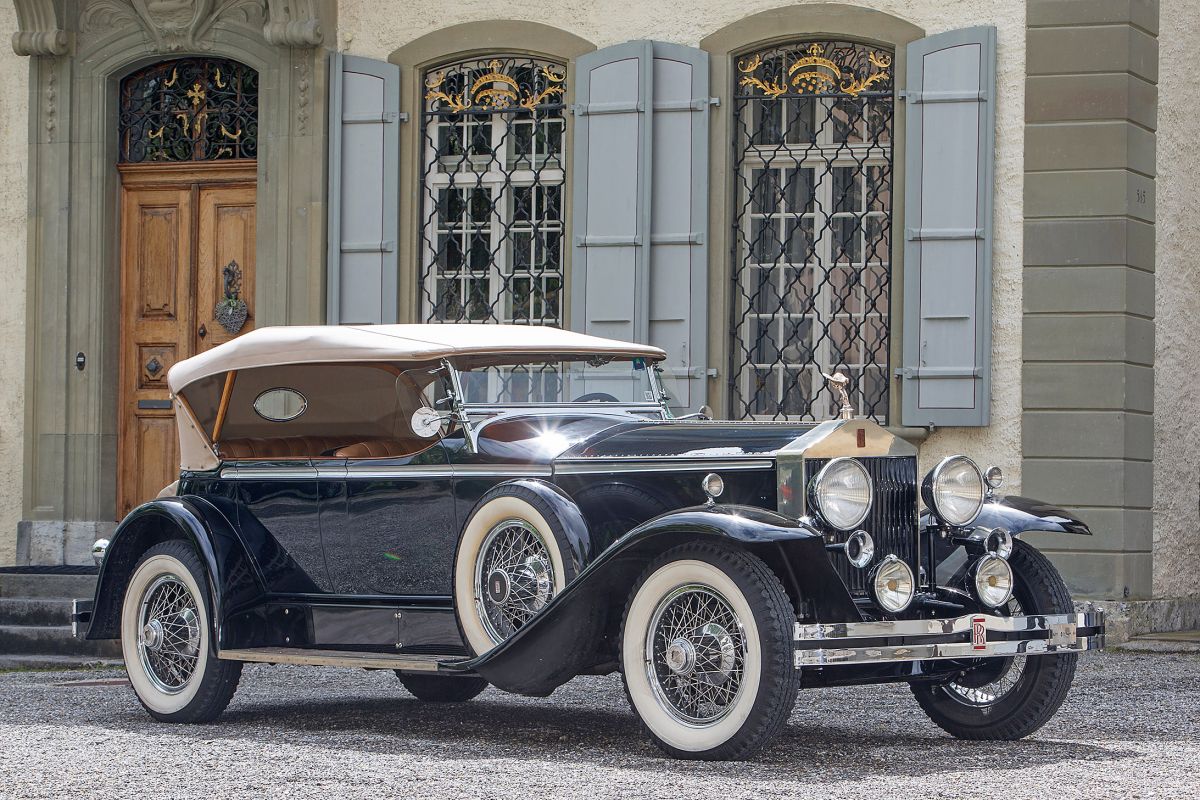

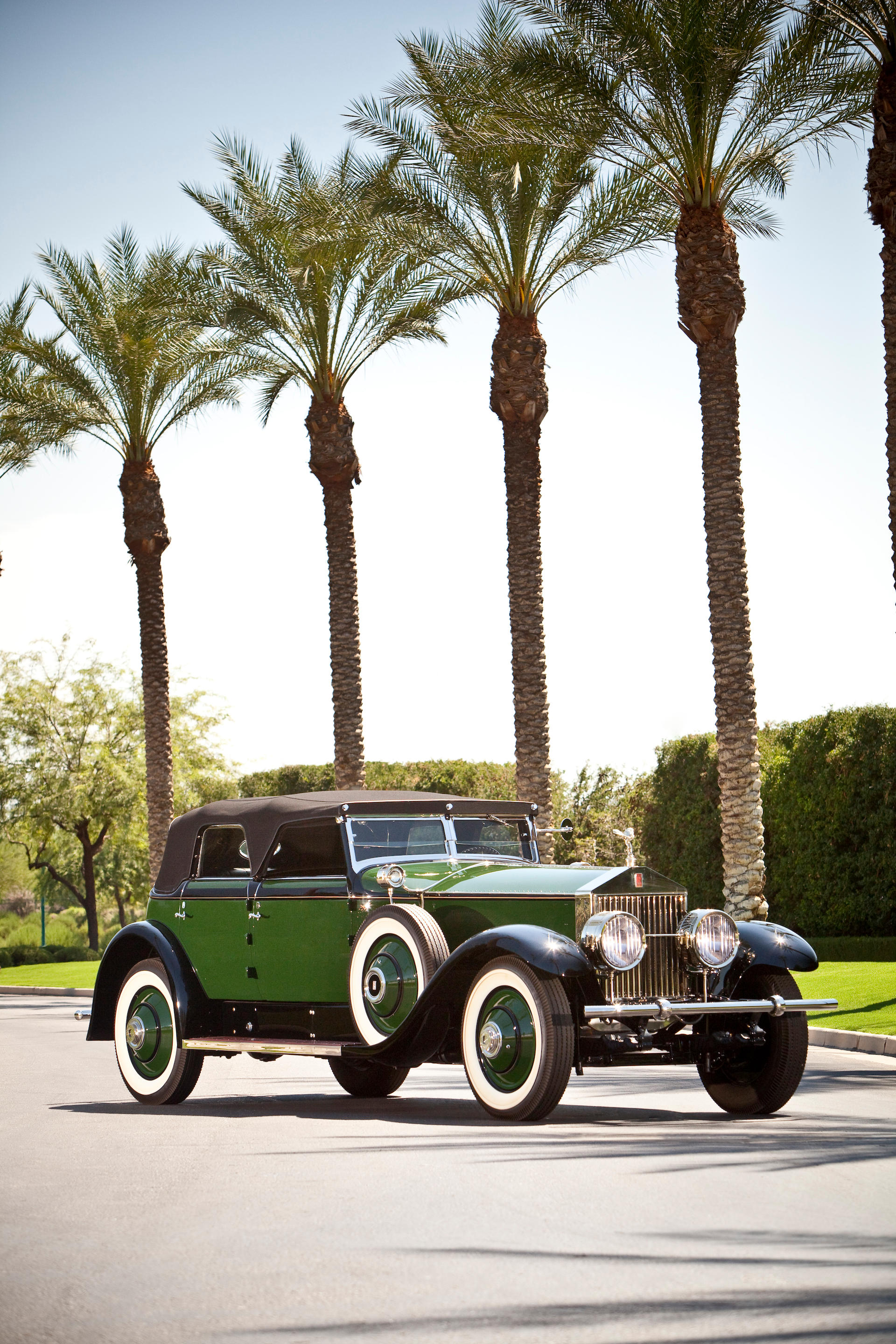


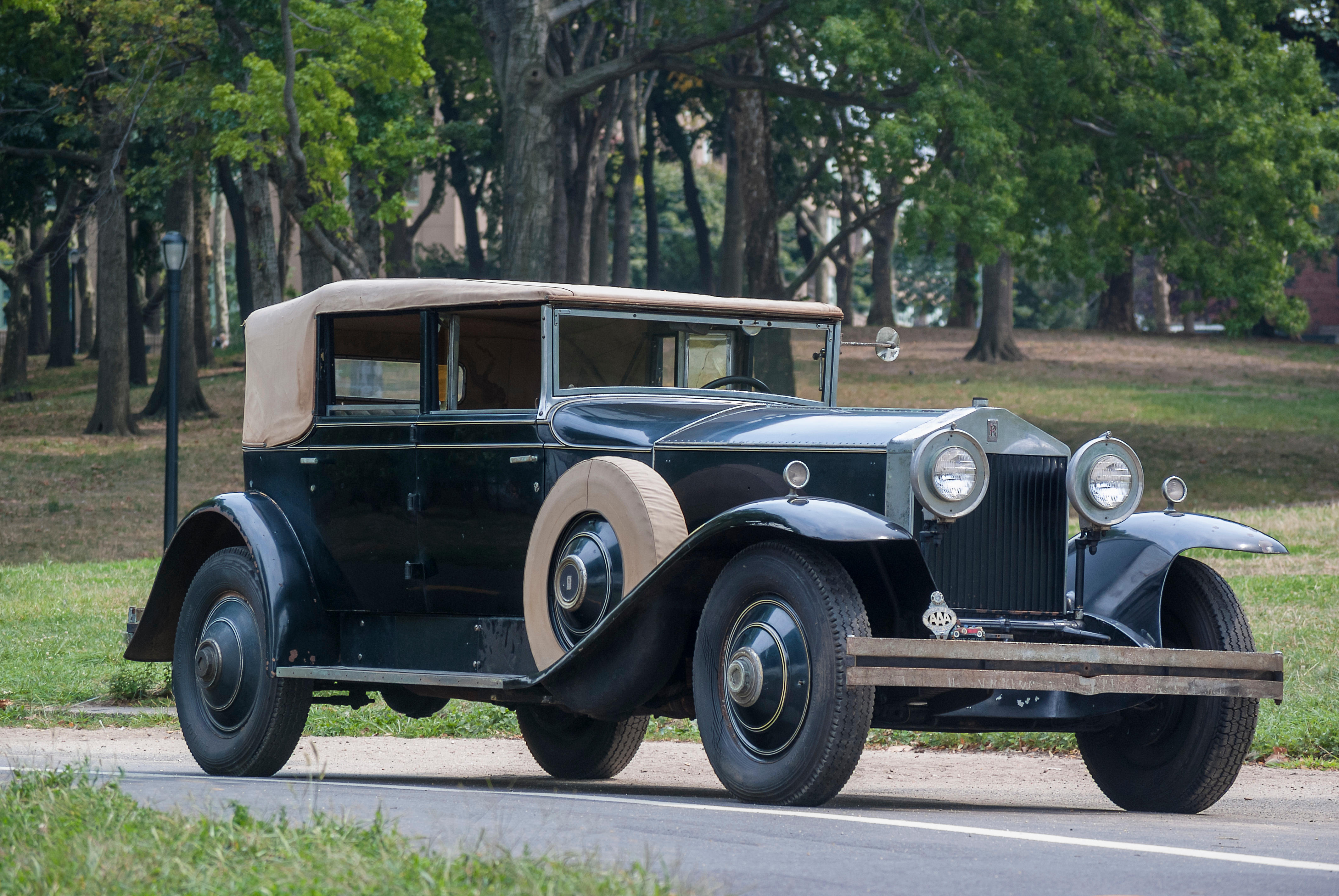

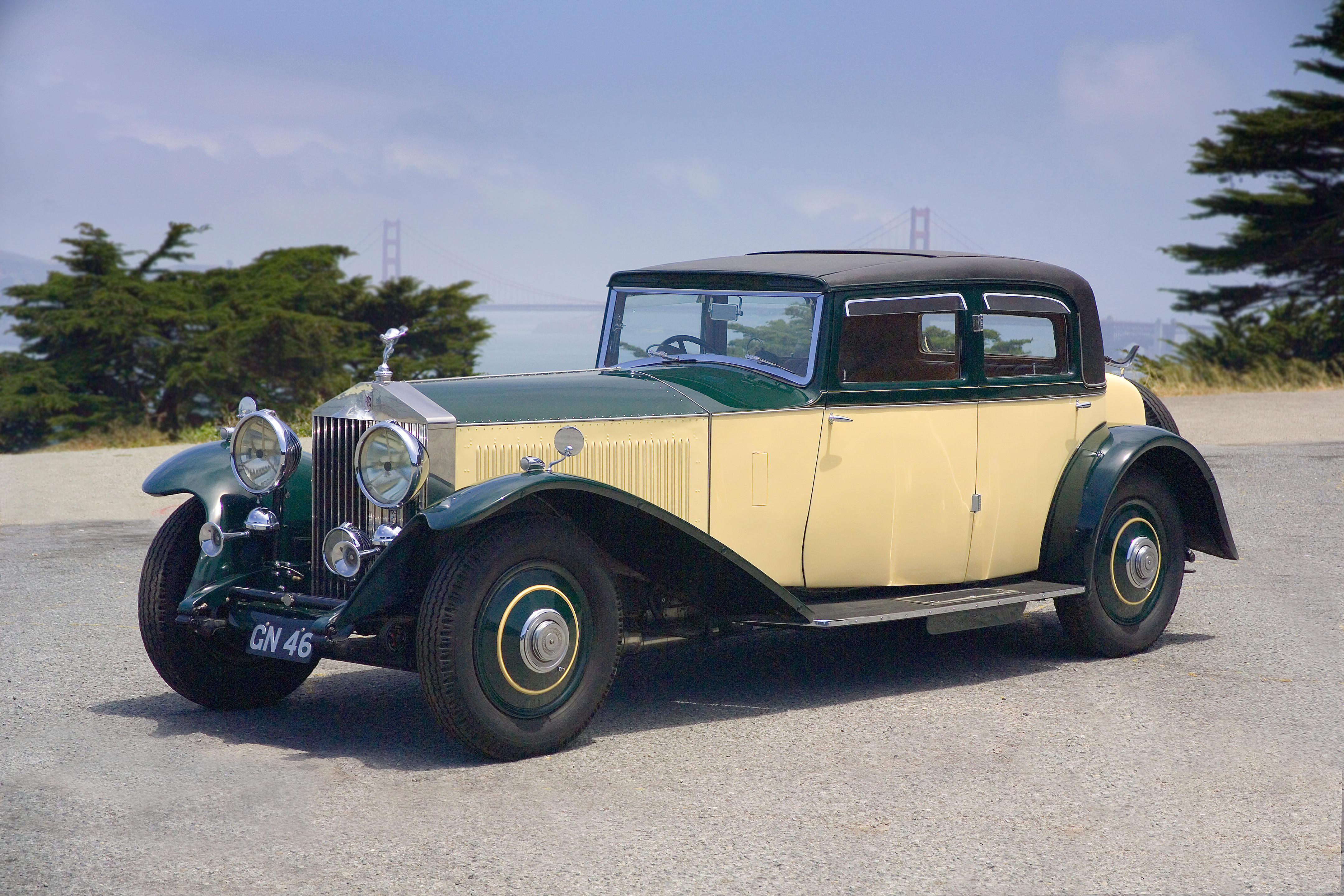


Testen Sie LotSearch und seine Premium-Features 7 Tage - ohne Kosten!
Lassen Sie sich automatisch über neue Objekte in kommenden Auktionen benachrichtigen.
Suchauftrag anlegen